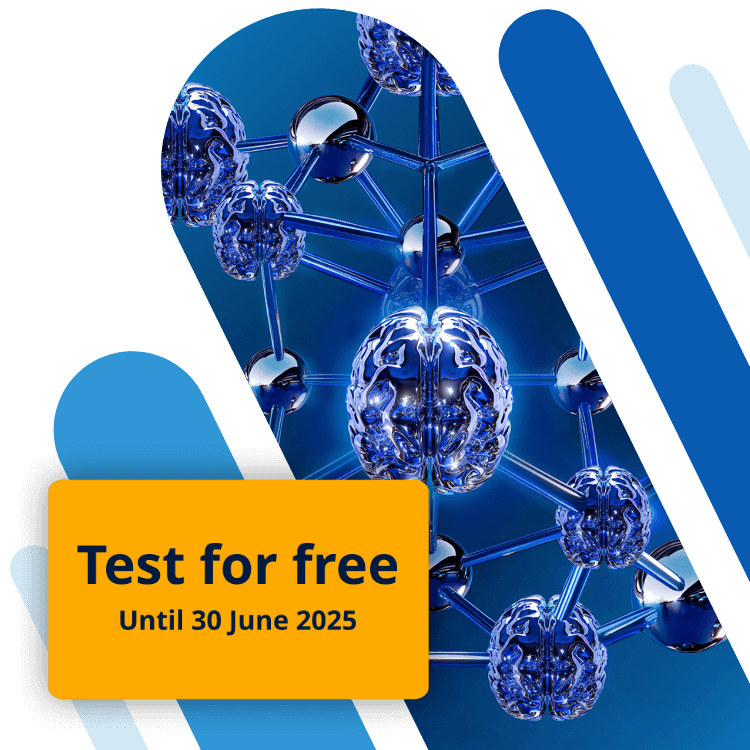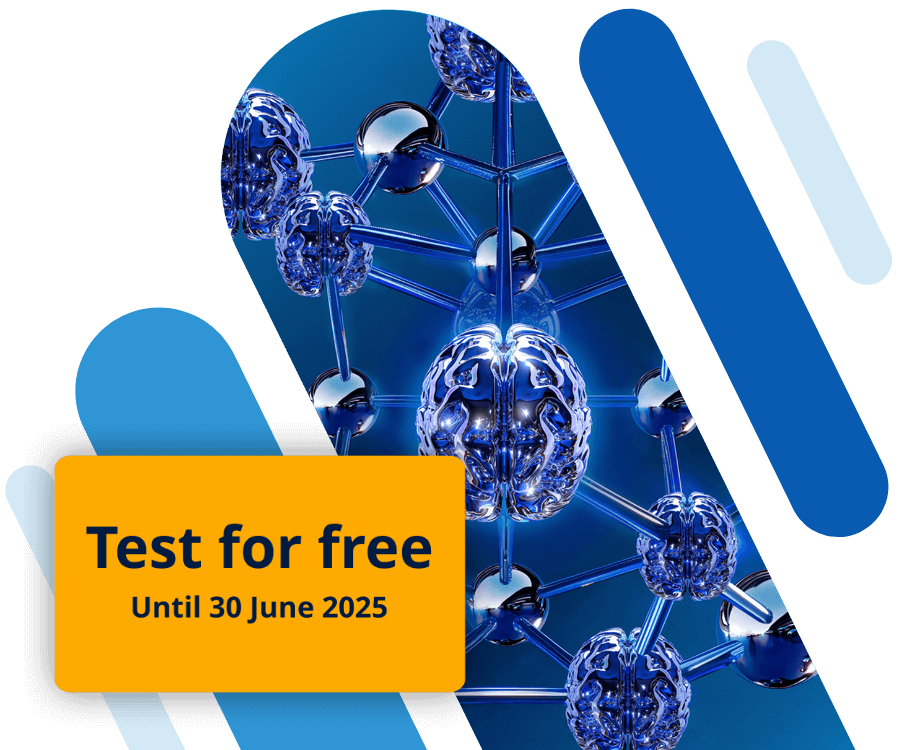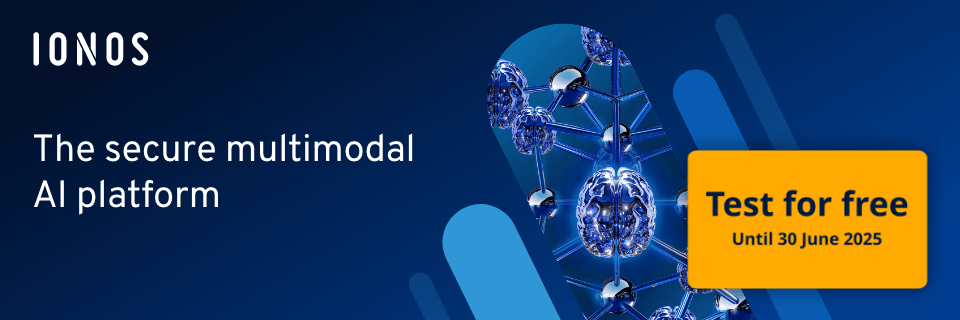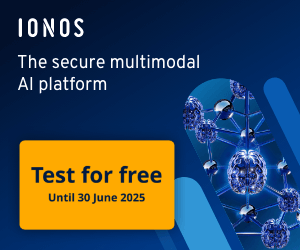What is human-centered computing?
Human-centered computing (HCC) aims to tailor computer systems to meet human needs and abilities effectively. A key application area is human-computer interaction, with current projects emphasising user-friendliness and the seamless integration of intelligent systems into daily life.
What is human-centered computing? A definition
Human-centered computing (HCC) is a research and development field dedicated to designing, developing, and implementing intuitive and user-friendly computer systems. This includes software, hardware, and digital workspaces, with a focus on tailoring these systems to human needs, abilities, and behaviours. In essence, HCC aims to bridge the gap between people and technology. HCC considers social, cultural, and personal factors to eliminate barriers like language and education.
HCC develops methods and practices that apply to all areas in which people interact directly with computers. This ensures that technology supports or helps people to enhance their skills.
Human-centered systems
Systems designed for human-centered computing (HCC) are known as human-centered systems (HCS). These systems analyse human tasks, allow performance monitoring, and consider human capabilities. They are also adaptable to meet people’s changing needs.
- Get online faster with AI tools
- Fast-track growth with AI marketing
- Save time, maximise results
Central topics and research fields in human-centered computing
The National Science Foundation (NSF) – the US agency responsible for basic research in the non-medical field – considers human-centered computing to be a three-dimensional space that encompasses humans, computers and the environment:
- The human dimension extends to individual needs as well as goal-orientated groups and society per se.
- The computer dimension includes stationary and mobile computer devices as well as visual and acoustic systems.
- The environmental dimension covers not only physical devices, but also mixed reality systems and immersive virtual environments.
As human-centered computing touches on various dimensions and thus numerous specialist areas, the range of research and development fields is very broad. The relevant HCC subject areas include:
- Problem solving in distributed systems, for example in internet and sensor-based information systems
- Multimedia and multimodal interfaces, including haptic, gestural, spatial and portable interfaces, but also brain-computer interfaces and methods for interaction with artificial intelligence as human-technology interfaces
- Intelligent interfaces and user modeling with information visualisation and customisable content
- Multi-agent systems for controlling actions and solving complex problems in delimited areas of responsibility
- Technology-supported communication between people, for example in video conferences or via high-bandwidth networks
- Definition of semantic structures for multimedia information used for cross-mode input and output
- Assistive and adaptive technologies providing improved access to information, work and entertainment for people with physical, cognitive or social impairments
- Collaborative systems that enable interactions for knowledge generation across organisations, countries and disciplines
- Computer animations in augmented and virtual reality
Important areas of application for human-centered computing
Human-centered computing is often applied in human-computer interaction (HCI). This includes areas like touch interactions with smartphones or human-machine systems in air traffic control, where the focus is on understanding and addressing users’ needs, particularly in terms of user interfaces and interactions. In contrast, human-centered computing takes a broader approach, incorporating multiple disciplines and integrating intelligent systems more comprehensively.
Another key application is human-centered multimedia (HCM). This area can be divided into three categories: multimedia production, analysis, and interaction. Each category plays a role in designing systems that align with human needs and improve user experience.
- Multimedia production: It’s essential to involve people in all stages of media production. HCM production systems aim to consider cultural differences, social factors, and human capabilities throughout the process. This approach ensures not only an efficient production process but also active participation.
- Multimedia analysis: In human-centered computing, the automatic analysis of human activities and social behaviour is key. HCM applications improve communication between individuals and enhance access to information in different contexts. Multimedia analysis offers a nuanced understanding of human behaviour, which can be used to optimise user experience and system functions.
- Multimedia interaction: To facilitate effective communication, it is crucial to understand how and why people interact with each other. Achieving natural interaction requires considering cultural differences and social context. While face-to-face communication occurs in real time and in person, computer-based live communication involves physical distance between the participants.
In addition, HCC is applied in the human-centered design approach. This problem-solving method is used in designing products, processes, services, systems, and even in areas like management. The approach typically involves empathising with the target group to address issues, and at times, competitor analysis is also used.
Three current HCC projects
- Project ECHO (Health Science Center of the University of New Mexico): Project ECHO – Extension for Community Healthcare Outcomes – was launched in 2003 by Dr. Sanjeev Arora of the University of New Mexico. It aims to provide rural populations in underserved areas with better access to specialised healthcare services through videoconferencing.
- Project Euphonia (Google): In 2019, the tech company started developing technologies aimed at helping people with speech disorders communicate more effectively with digital devices. Google utilises machine learning to customise speech recognition systems, such as Google Assistant, to better understand and adapt to individual speech patterns.
- Seeing AI (Microsoft): Seeing AI is an app developed by Microsoft to assist blind and visually impaired individuals in perceiving their surroundings more effectively. Available for free, the app can read texts, describe photos, and identify objects and products in real time. The recognised information is then read aloud to the user.



